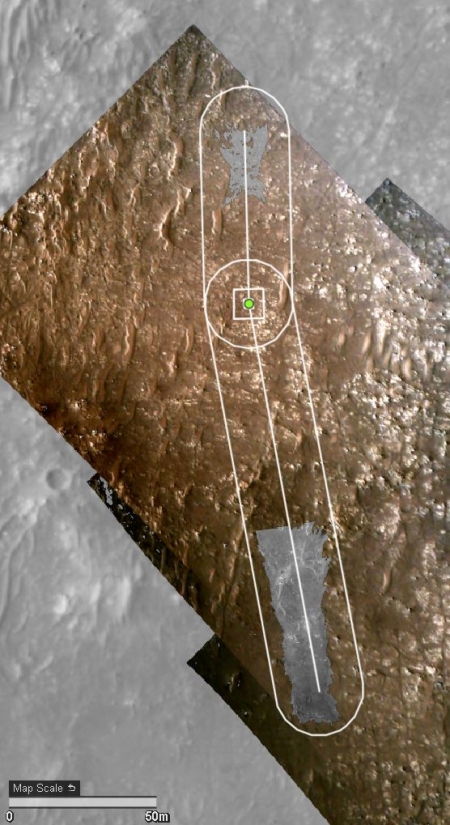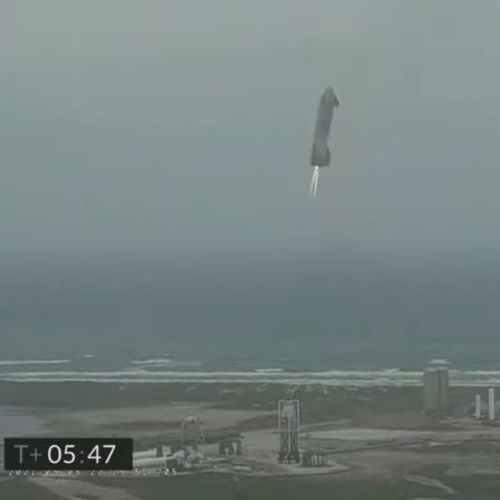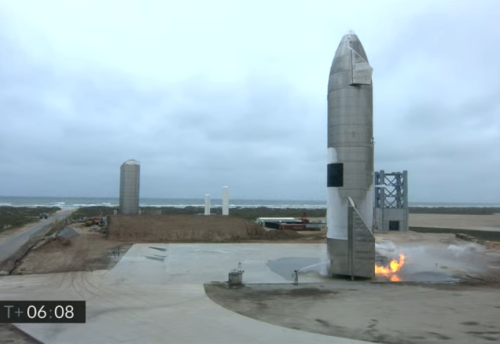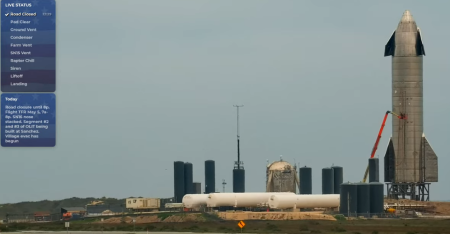NASA officially increases prices for commercial use of ISS by 700%
Capitalism in space: Though there were some revisions to the price list that NASA released in March, the revised price list for use of ISS by private companies and released at the end of April did not change significantly, and now officially increases prices for commercial tourist flights to ISS by about 700%.
The price list can be found here.
The result of the new policy is a much higher price charged by NASA to companies conducting private astronaut missions. Under the old policy, the life support and crew supplies for a hypothetical four-person, one-week mission to the ISS would cost $945,000, a figure that doesn’t include stowage, data or power. Under the new policy, the cargo, food and supplies charges for the same mission would be more than $2.5 million at the low end of the quoted cost ranges, plus $10 million in per-mission fees.
These prices will not apply to the Axiom commercial tourist flight scheduled for early ’22 because that contract was signed beforehand. Nor do they apparently apply to any visits to the private module that Axiom is building to attach to ISS.
Nonetheless, these prices will almost certainly drive business away from ISS and NASA, especially because many of these costs, such as the upmass and downmass cost of passive cargo, should really be charged by the private commercial companies, SpaceX and Boeing, that are providing the transportation. NASA has nothing to do with that and is merely skimming some money off the top of other people’s achievement.
Expect therefore more free-flying tourist missions that do not dock with ISS, such as SpaceX’s Inspiration4 flight scheduled for launch in September. We should also expect an acceleration in the construction of private stations that will compete with NASA and likely charge less.
Capitalism in space: Though there were some revisions to the price list that NASA released in March, the revised price list for use of ISS by private companies and released at the end of April did not change significantly, and now officially increases prices for commercial tourist flights to ISS by about 700%.
The price list can be found here.
The result of the new policy is a much higher price charged by NASA to companies conducting private astronaut missions. Under the old policy, the life support and crew supplies for a hypothetical four-person, one-week mission to the ISS would cost $945,000, a figure that doesn’t include stowage, data or power. Under the new policy, the cargo, food and supplies charges for the same mission would be more than $2.5 million at the low end of the quoted cost ranges, plus $10 million in per-mission fees.
These prices will not apply to the Axiom commercial tourist flight scheduled for early ’22 because that contract was signed beforehand. Nor do they apparently apply to any visits to the private module that Axiom is building to attach to ISS.
Nonetheless, these prices will almost certainly drive business away from ISS and NASA, especially because many of these costs, such as the upmass and downmass cost of passive cargo, should really be charged by the private commercial companies, SpaceX and Boeing, that are providing the transportation. NASA has nothing to do with that and is merely skimming some money off the top of other people’s achievement.
Expect therefore more free-flying tourist missions that do not dock with ISS, such as SpaceX’s Inspiration4 flight scheduled for launch in September. We should also expect an acceleration in the construction of private stations that will compete with NASA and likely charge less.














